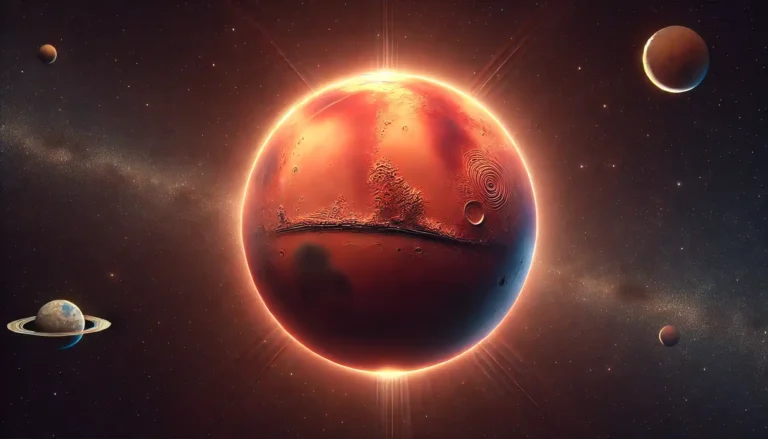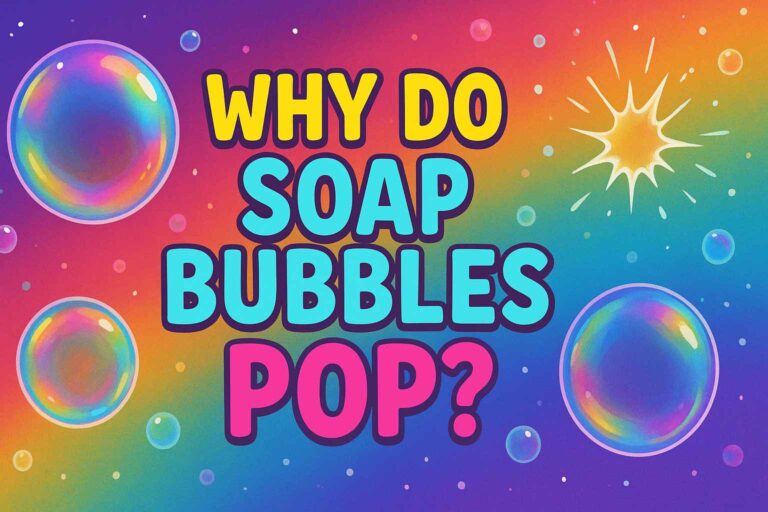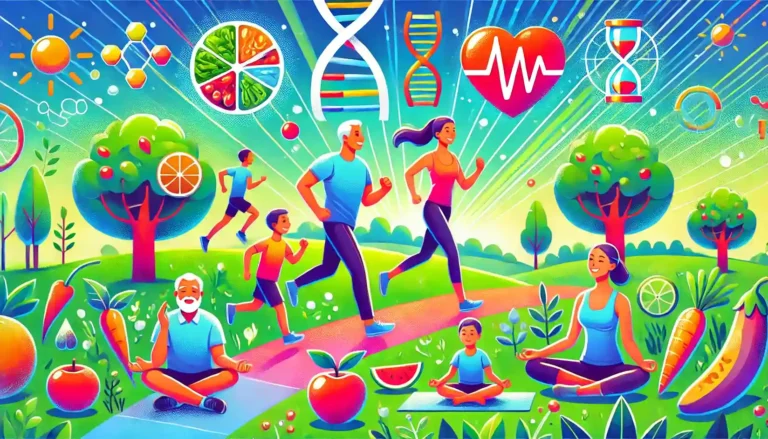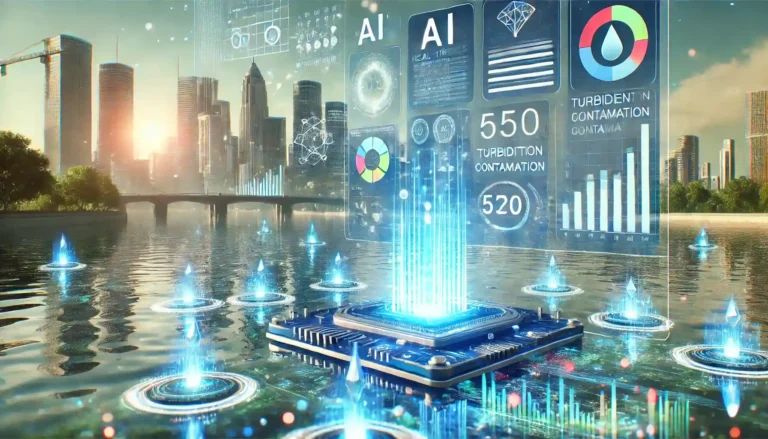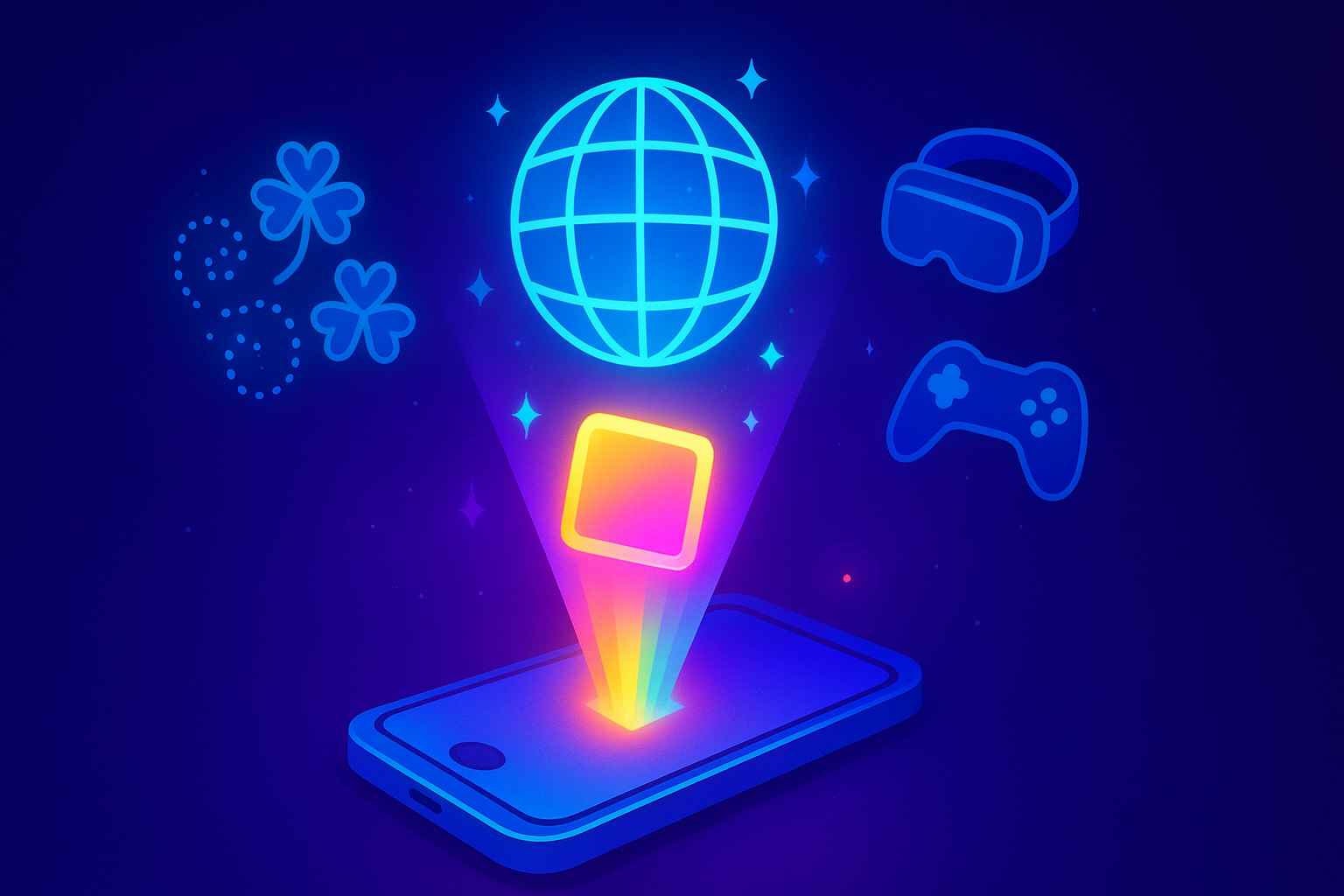
Scientists at the University of St Andrews have created a “magic pixel” by combining OLEDs with holographic metasurfaces. This breakthrough could bring true holograms to smartphones, games, and virtual reality—making sci-fi holograms a part of everyday life!
The Dream of Holograms
Have you ever watched a sci-fi movie where characters send glowing 3D messages that pop into the air? Maybe a tiny person walks out of a device as a hologram, looking real enough to touch. For years, holograms have been more of a dream than a reality. But guess what? Scientists have just taken a giant leap toward making holograms a part of everyday life—and maybe even putting them in your smartphone!
Meet the Magic Pixel
Usually, a screen needs thousands or even millions of tiny dots called pixels to make one picture. But researchers at the University of St Andrews in Scotland discovered something mind-blowing: by combining two powerful technologies, they can make an entire hologram from just a single pixel!
This super-pixel could change how we use phones, tablets, video games, and even virtual reality headsets. Imagine FaceTiming a friend, and instead of seeing them on a flat screen, their holographic image appears standing on your desk!
The Secret Ingredients: OLEDs + Metasurfaces
So how does this magic work? The secret lies in mixing two futuristic tools:
- OLEDs (Organic Light-Emitting Diodes): These are the same colorful lights used in many phone and TV screens today. They’re thin, flexible, and very bright.
- Metasurfaces: These are ultra-thin sheets covered in tiny patterns called meta-atoms—so small that thousands of them could fit across a human hair. They bend and twist light in amazing ways, kind of like turning a flashlight beam into a rainbow or a 3D image.
When scientists combined OLEDs with metasurfaces, each tiny meta-atom pixel could control light waves in just the right way. Together, they make holograms that float in front of the screen!
How Light Creates the Trick
Holograms are made using a clever science principle called interference. When waves of light bump into each other, they can create new patterns—like ripples in a pond overlapping to make swirls. By carefully shaping the metasurface pixels, the scientists made the light waves interfere in ways that build a whole 3D image.
And the wildest part? Unlike old holograms that needed bulky lasers, this new trick works with small, flat devices—meaning one day, holograms could live right in your pocket.
Fun Facts! 🤩
- The new “hologram pixel” can make an entire image, while a normal smartphone screen needs millions of pixels to do the same.
- Meta-atoms on the metasurface are so small that each is about 1/1000 the width of a human hair.
- Today’s holograms are often used for anti-counterfeit stickers on credit cards and passports—but tomorrow’s could be for chatting with holographic friends!
🔍 Mini Quiz: Test Your Hologram Knowledge!
1. What makes the new hologram technology special?
a) It uses millions of pixels like a phone screen
b) It creates a whole image from just one pixel
c) It only works with lasers
2. What two technologies did scientists combine to make the new hologram pixel?
a) Glass lenses and mirrors
b) OLEDs and metasurfaces
c) Magnets and batteries
3. What are metasurfaces made of?
a) Meta-atoms, tiny structures smaller than a hair
b) Regular atoms that glow
c) Lego-like blocks
4. Where might you see holograms in the future?
a) In video games, phones, and 3D calls
b) Only in museums
c) Only in space stations
✨ Answers:
- b) It creates a whole image from just one pixel
- b) OLEDs and metasurfaces
- a) Meta-atoms, tiny structures smaller than a hair
- a) In video games, phones, and 3D calls
What Could This Mean for You?
With this discovery, scientists believe we could soon have:
- 3D holographic video calls where your friends appear in your room.
- Games that jump out of the screen, making you feel like you’re inside the adventure.
- Mini projectors in phones that display floating images without bulky glasses or headsets.
It’s still early days, but the future of holographic technology just got a whole lot closer!
🌍 Takeaway Thought
Holograms once lived only in the world of science fiction. But thanks to this breakthrough, tomorrow’s phones and devices might project glowing, 3D worlds all around us.
✨ Sometimes, the biggest dreams begin with the tiniest steps—or in this case, a single, magic pixel!

